 Your new post is loading...
 Your new post is loading...

|
Scooped by
Richard Platt
January 20, 2022 2:15 PM
|
Samsung is reportedly too focused on foldable smartphones, and that will cause it to lose to Apple in the AR headset business

|
Scooped by
Richard Platt
January 9, 2022 9:54 PM
|
Sometime in the future, a mechanic may need to fix a robot they've never encountered before. Here's how AI and AR could help.

|
Scooped by
Richard Platt
January 9, 2022 9:46 PM
|
A smart lens could deliver real-time information directly to your eyes.

|
Scooped by
Richard Platt
December 28, 2021 6:40 PM
|
Introduced at CES 2022, the Movano Ring is a smart ring that aims to one day provide FDA-cleared insights into chronic illnesses. The ring is currently undergoing clinical trials and accuracy studies for heart rate, SpO2, and respiratory rate with the aim of providing non-invasive glucose monitoring and cuffless blood pressure.

|
Scooped by
Richard Platt
December 9, 2021 4:55 PM
|

|
Scooped by
Richard Platt
October 25, 2021 2:45 PM
|

|
Scooped by
Richard Platt
September 22, 2021 7:13 PM
|
When you or your kid have any sort of respiratory issue, figuring out what’s happening minute-by-minute — and how well treatment is working — is a stressful, frustrating, and anxiety-filled process. I imagine it’s all of the above and more in the middle of a friggin’ RESPIRATORY DISEASE pandemic. StethoMe, a team competing in this […]

|
Scooped by
Richard Platt
September 10, 2021 8:16 PM
|
|

|
Scooped by
Richard Platt
January 20, 2022 3:06 PM
|

|
Scooped by
Richard Platt
January 9, 2022 10:24 PM
|
The devices will be able to continuously monitor your body's composition and help you take action..

|
Scooped by
Richard Platt
January 9, 2022 9:48 PM
|
A new report by Bloomberg indicates that Apple is still several years away from bringing major new health sensors to the Apple Watch.

|
Scooped by
Richard Platt
December 30, 2021 12:30 PM
|
A new patent from Apple shows an Apple Watch with optical sensors where the Digital Crown is currently located.

|
Scooped by
Richard Platt
November 29, 2021 1:38 PM
|

|
Scooped by
Richard Platt
November 17, 2021 1:11 PM
|

|
Scooped by
Richard Platt
October 26, 2021 4:14 PM
|

|
Scooped by
Richard Platt
October 24, 2021 12:24 AM
|
Supply challenges related to the screen may have delayed the launch.

|
Scooped by
Richard Platt
September 21, 2021 4:58 PM
|

|
Scooped by
Richard Platt
September 15, 2021 12:20 PM
|
|

 Your new post is loading...
Your new post is loading...
 Your new post is loading...
Your new post is loading...



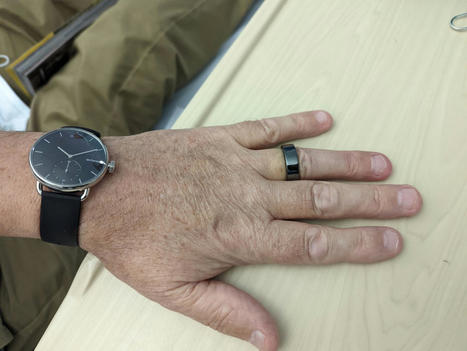

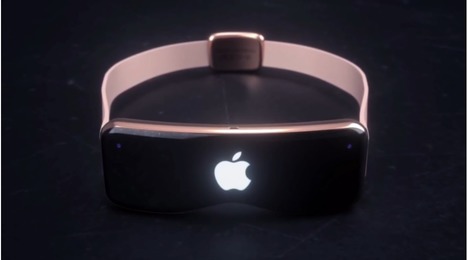

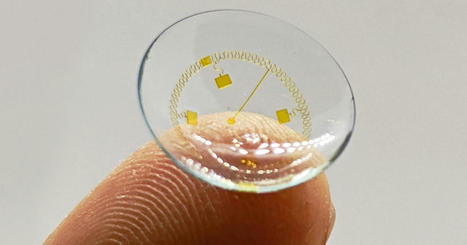

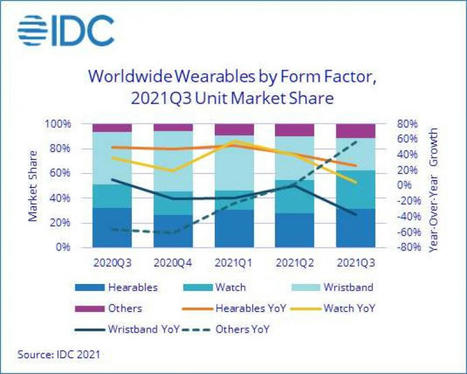
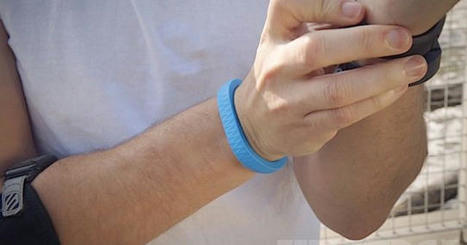
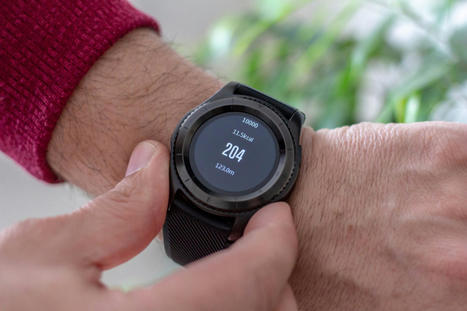


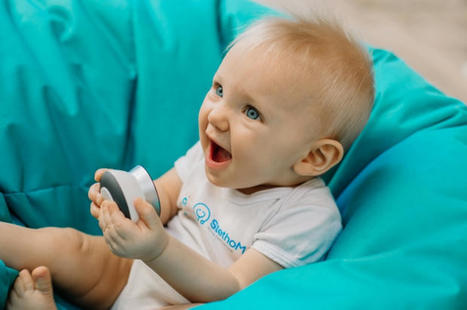




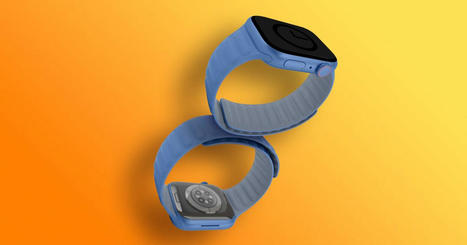
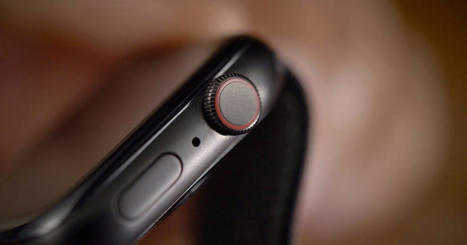

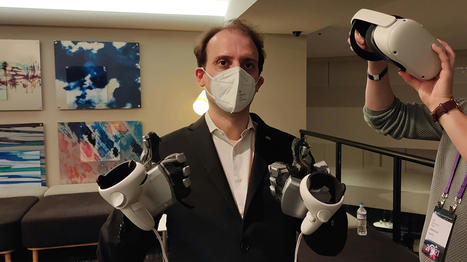
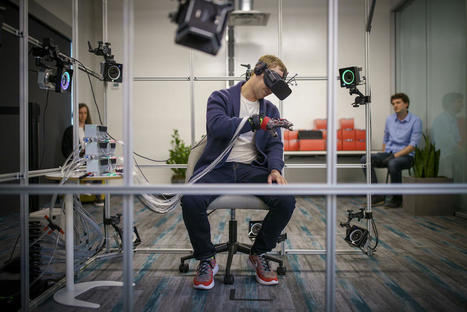



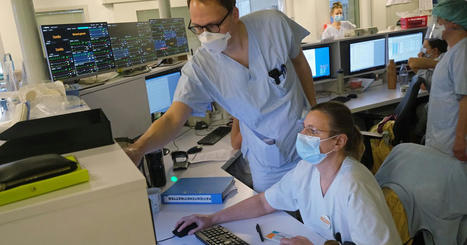
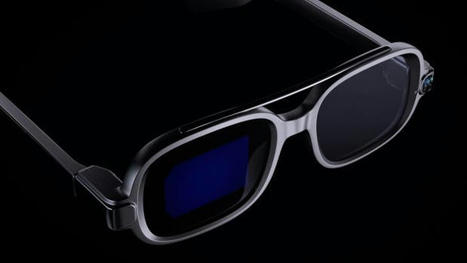





A new trial opens in Greater Manchester (UK) to test cutting-edge wearable technologies involving patients who have received cancer treatment. The commercially-available health sensors and devices produce a digital fingerprint of vital signs that could allow doctors to assess the progress of their patients. The trial opens initially for blood cancer, lung, and colorectal cancer patients, the technologies under investigation include: (1) a smart ring, worn on any finger made by the company Oura (2) the Withings ScanWatch, a hybrid smartwatch
(3) the Isansys system, which is worn on the chest. The technologies can assess a range of vital signs, including electrocardiogram (ECG), heart rate, temperature, physical activity levels, and sleep. Dr Anthony Wilson, Consultant in Anaesthesia and Critical Care at Manchester Royal Infirmary (MRI), part of MFT, is the clinical lead for the project. He said: "Cancer places a huge burden on the lives of people everywhere. This study uses cutting-edge technology that can monitor people during their treatment, with devices that they can wear all the time. “We hope that it will provide new insights into how people cope with cancer treatment and what we can do to improve their recovery.”